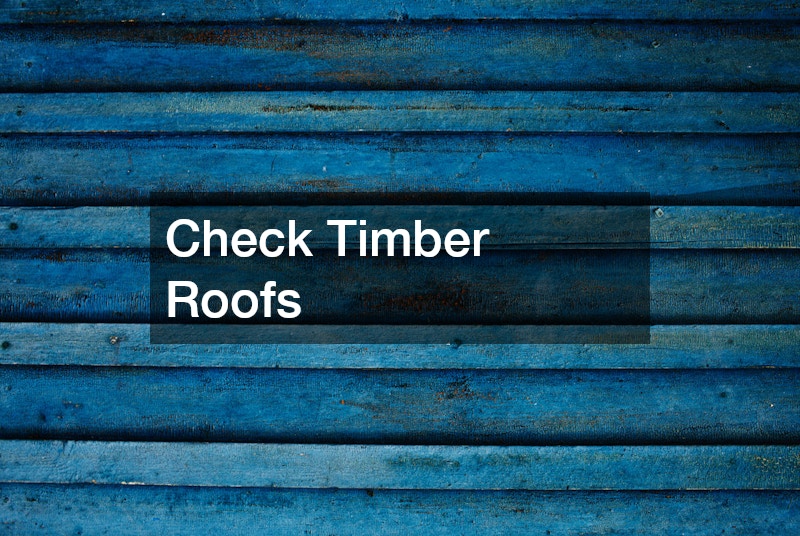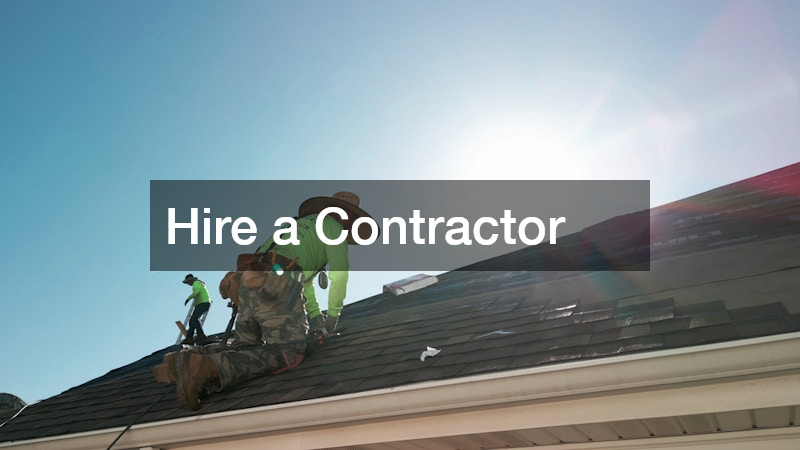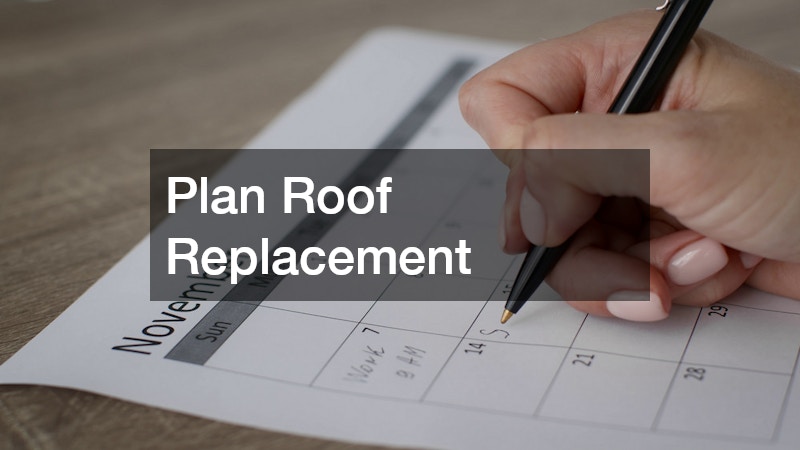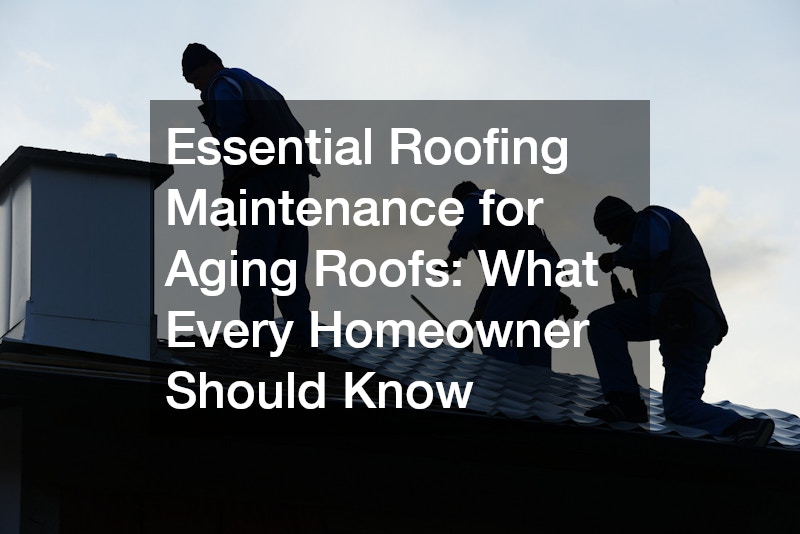As homes grow older, so do their roofs—and without proper attention, this can lead to costly and avoidable damage. Roofing maintenance for aging roofs isn’t just about patching up leaks or replacing a few tiles; it’s about safeguarding the structure of your home, protecting your investment and maintaining safety for years to come. Whether you’re dealing with a weathered cottage or a decades-old family home, routine upkeep is key to extending the roof’s lifespan.
This article covers essential practices every homeowner should know. You’ll learn how to check timber roofs for signs of wear and damage and why early detection helps prevent more serious structural issues. We’ll also explain how to hire a contractor—a vital step in ensuring expert assessment and ongoing maintenance. And if your roof has reached the end of its usable life, we’ll show you how to plan roof replacement with confidence and care.
Understanding the basics of roofing maintenance for old roofs means fewer surprises and smarter decisions. With professional help and a proactive mindset, maintaining an older roof becomes a manageable and worthwhile part of homeownership.
Check Timber Roofs

As roofs age, their structural materials often show the first signs of wear, and timber is no exception. Regular inspections of timber roofs can help identify common issues such as warping, rotting, cracking or pest damage before they become major structural threats. These inspections should focus on visible rafters, beams, eaves and battens, especially after stormy seasons or prolonged exposure to moisture. Catching small flaws early through proactive observation is one of the most effective ways to reduce long-term roofing costs and ensure the safety of your home.
More specifically, an ageing timber roof may develop mould or mildew due to water penetration. Fungal growth not only weakens the wood over time but can also spread to adjacent parts of the roof or ceiling. Checking for discolouration or spongy textures can indicate hidden moisture problems. A flashlight and ladder can help you inspect interior roof spaces, while professional inspections may involve moisture meters or thermal imaging to detect areas of concern. By knowing what to look for, homeowners can address damage early, preventing further deterioration and potentially saving thousands in future repairs.
Hire a Contractor

When it comes to roofing maintenance for aging roofs, expertise matters. Hiring a qualified contractor ensures that small issues aren’t missed and that repair work is done to Australian standards. A reputable roofing contractor has the tools, training and experience to conduct thorough evaluations and perform skilled repairs. They can also advise on whether continued maintenance is sufficient or if parts of the roof need replacement. Beyond technical knowledge, contractors bring peace of mind, especially when working on high or difficult-to-reach areas that pose risks for homeowners.
To choose the right roofing contractor, look for one with a current licence, insurance and local experience. Checking reviews, asking for references and requesting written quotes can help ensure you hire someone trustworthy. A good contractor will inspect the roof both internally and externally, provide a detailed report of the condition and recommend targeted solutions. They may also offer long-term maintenance plans, which are particularly helpful for homes with older roofs. By working with a professional, you’re not only keeping your roof in better condition, but you’re also making informed decisions backed by expertise.
Plan Roof Replacement

No roof lasts forever—even with perfect care. At some point, replacement becomes the most cost-effective and safest option. Signs that it may be time for roofing replacement include persistent leaks, sagging structures and repeated need for patch jobs. If the roof is more than 20 to 30 years old, the materials may have simply reached the end of their service life. Planning ahead for this major project helps spread costs and avoid emergency work, which is often more disruptive and expensive.
When organising a roofing replacement, consider the scope of work, material options and your long-term plans for the home. Choices might include metal sheeting, tiles or newer, more energy-efficient systems. Budgeting for insulation and ventilation improvements at the same time can also boost energy savings. Speak with a contractor about council requirements, access issues and how to stage the project to minimise inconvenience. Good planning ensures the replacement process goes smoothly and that the new roof protects your home for decades to come. Roofing maintenance for mature roofs includes knowing when repair is no longer enough, and when it’s time to start fresh.
Caring for an older roof requires more than the occasional fix-it—it demands a structured and informed approach. By learning how to check timber roofs, hiring a licensed roofing contractor and planning a timely roofing replacement, homeowners can protect their investment and avoid future headaches. Roofing maintenance for aging roofs is essential to preserving both safety and value. With a proactive mindset and support from trusted professionals, maintaining an older roof becomes a smart, manageable part of responsible homeownership.
